What We (think we) Know About the 2020 Mid-Engine Corvette So Far….
From There To Here
The prospect of Chevrolet building a mid-engine Corvette has been around almost as long as the Corvette itself. For decades, fans of the brand have clamored for a mid-engine variant of their beloved sports car. With the arrival of each, successive generation of Corvette, the question would resurface “will Chevrolet introduce a mid-engine model?” It appears that, as we approach a new decade and another new-generation (the eighth-generation, or C8 model) of Corvette, that the answer will finally be YES!
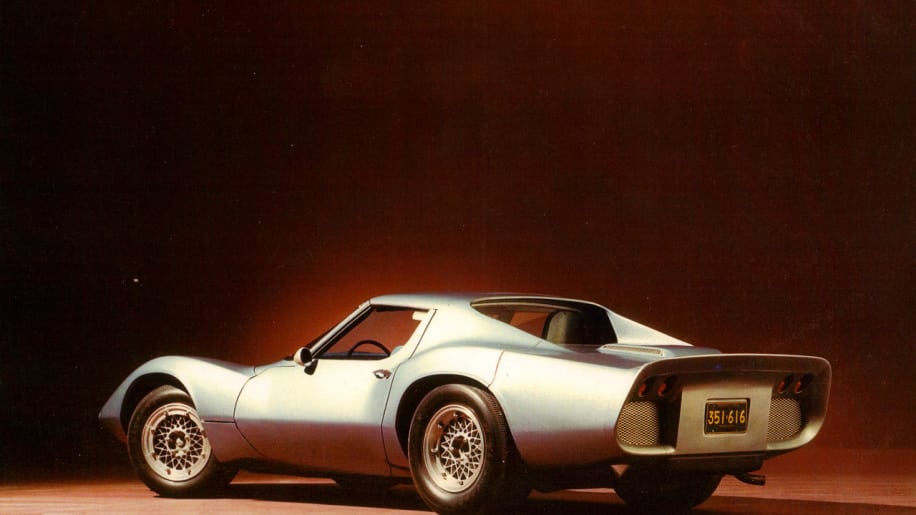
The prospect of building a mid-engine Corvette began with a single prototype, the 1964 XP-819, which was developed by Corvette engineer and visionary Zora Arkus-Duntov. The car was created to demonstrate what the potential of a mid-engine variant of the Corvette could look like. It was designed to prove that Chevrolet could compete with the European
automotive manufacturersrs who had already produced several mid-engine sports cars with great success.
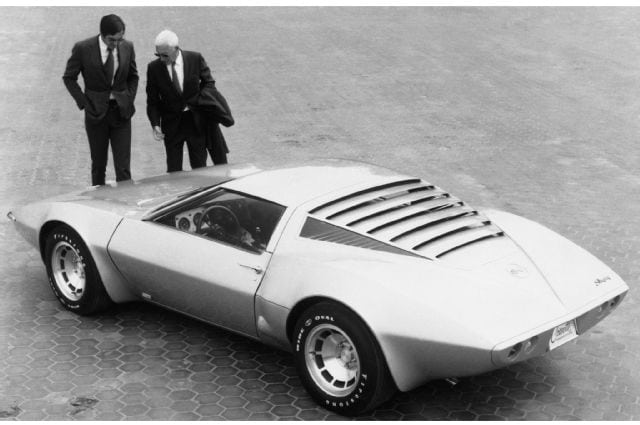
While the 1964 XP-819 was the brainchild of Duntov and was not widely regarded by the top brass at GM after its introduction, Chevy eventually began building “official” mid-engine concept models of the Corvette as early as 1970.
Chevrolet’s first official prototype – the XP-882 – was introduced to the world at the New York Auto Show in 1970. Over the next several years, this concept vehicle was nearly developed to the point of becoming a production model – that is until then Chevrolet General Manager John Z. DeLorean stopped work on the XP-882 in favor of making the Corvette brand more profitable by building the car on the new, inexpensive Camaro chassis.
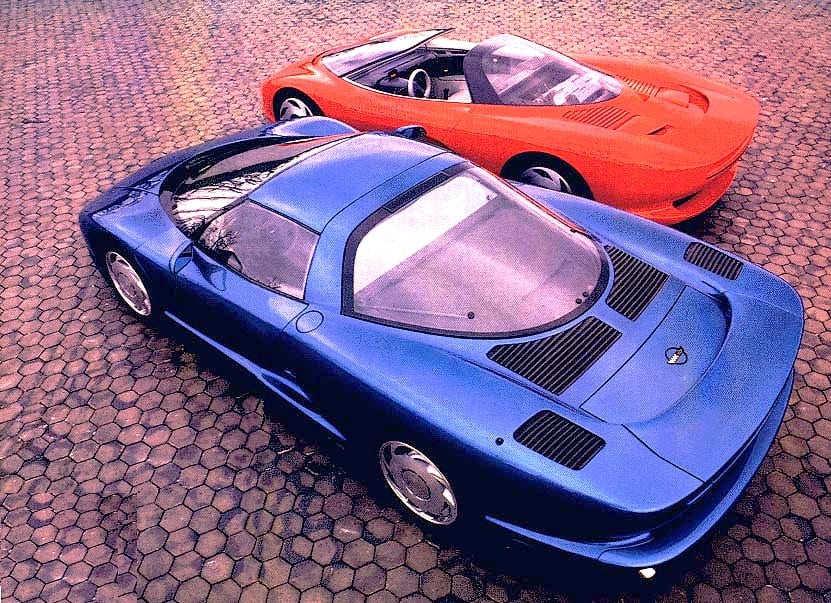
In 1986, Chevrolet introduced the “Corvette Indy”, which featured a mid-mounted twin-turbo V8 engine and all-wheel-drive. However, this model was a pure concept car, and did not feature many of the essential options found on almost all production vehicles. In 1990, Chevrolet introduced the CERV III which was a fully featured variant of the Corvette Indy. However, declining sales of the C4 Corvette and an overall financial slump in Detroit once more caused Chevy to shy away from advancing the CERV III beyond a concept vehicle.
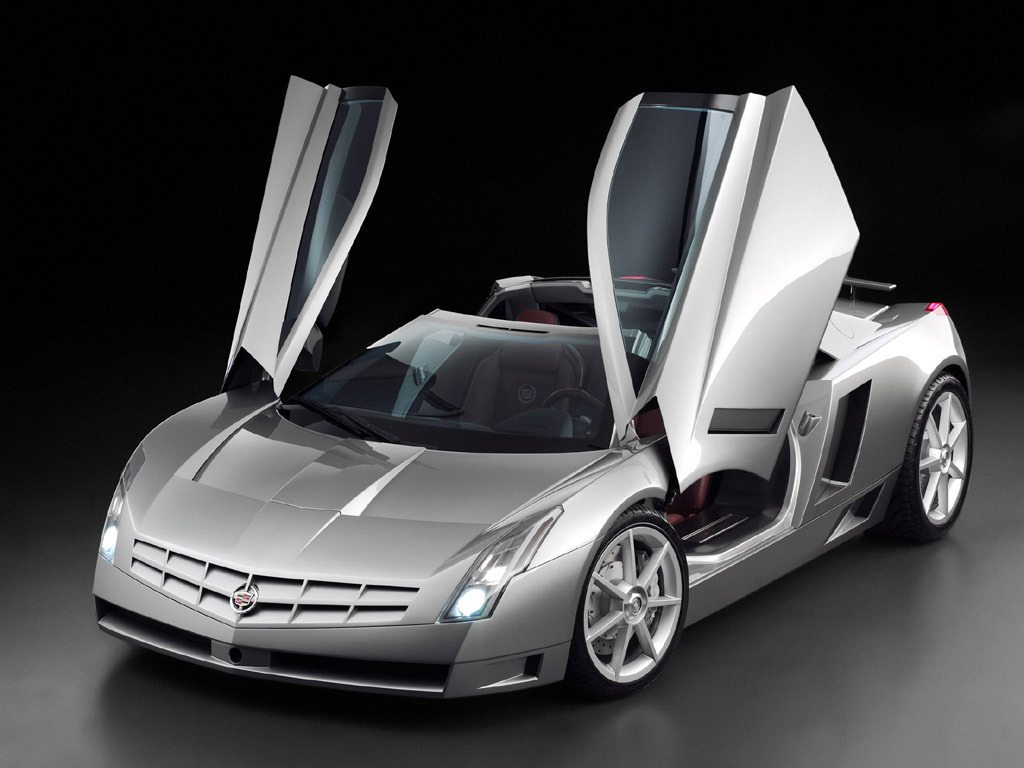
Then in 2002, Cadillac revealed the stunning Cien concept vehicle at the Detroit Auto Show. While the car was incredibly well received at its introduction, the real attraction was the powerplant that was packaged behind the car’s cockpit – a 7.5L V12 engine rated at 750 horsepower. While this car was not built as a prototype for the Chevy Corvette platform, the development of this vehicle proved beyond doubt that General Motors was serious about producing
a mid-engine sports car.
Corvette Zora?
While all the prototypes of Corvettes past were fanciful concepts and wishful wants of designers gone by, early evidence began to emerge in 2014 that suggested that Chevrolet was up to something more than simply developing another mid-engine prototype.
In 2014, Mark Reuss, General Motors Head of Global Product Development, confirmed that the company was working on the next-generation Corvette. With the C7 Corvette Stingray still in its infancy, it led some to wonder why the company would already be working on development of an eighth-generation Corvette. Naturally, this led automotive journalists and investigators to “dig deep,” reaching out to sources within the industry to glean whatever shards of information that were to be had.
During that investigative process, several bits of information were revealed:
- “After 61 years of production, the C8 (would) be revolutionary.”
- “The new Corvette (would) be the mid-engined American Dream Machine that Chevy couldn’t, until now, muster the courage to build.”
- The car would be available as a 2017 model year vehicle – making the C7 the shortest-lived production model of the Corvette in the brands history.
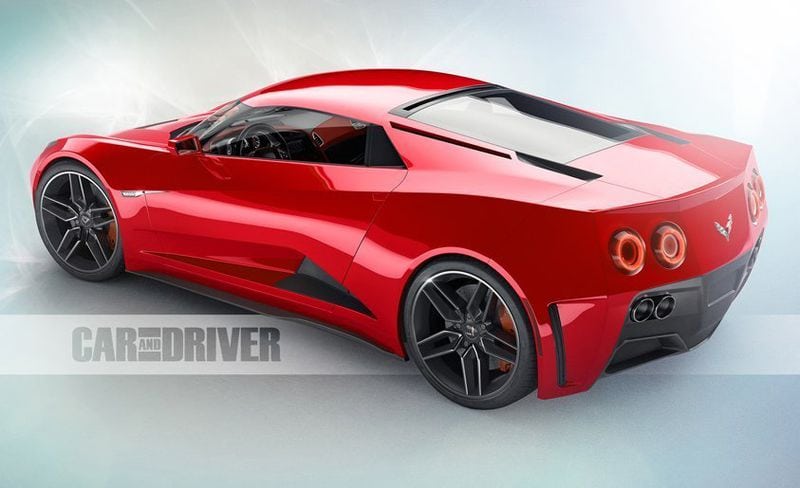
In conjunction with the above statements, there were two reasons that were given for the development of a mid-engine Corvette variant. While these reasons were first communicated to the public in 2014, they still ring true today.
First, Chevrolet recognized that, from a performance standpoint, the C7 Corvette (especially the Z06) had maxed-out the Corvette’s performance potential in its current front-engine, rear-wheel drive iteration. Adding more power to a front-engine design only helped in accelerating the amount of rubber that was burned off the rear wheels during aggressive acceleration. Moving the engine’s mass closer to the drive tires was/is believed to be the most effective means of improving Corvette’s acceleration and braking capabilities.
Secondly, the Corvette faces a major obstacle – an aging audience. Sixty-percent of C7 Corvette buyers in the last five years (2013–2018) were aged 55 or older. General Motors believes (hopes?) that a mid-engine Corvette might help introduce a younger audience into the Corvette culture. Building a sports car that is more aligned with cars being manufactured by companies like Audi, Porsche, or even Ferrari or Lamborghini, was (and is) thought to bring the Corvette platform into an era of track-capable, ultra-high-performance, and not just a touring coupe driven by more mature audiences. Balancing all that power, performance and handing with a price tag that puts the car within reach of a younger audience might just be the correct formula for continued success well into the 21st century.
Which brings us to just about now…
The 2017, 2018, or 2020 Mid-Engine Corvette??

The world’s first “official” glimpses of the mid-engine C8 Corvette began to circulate around the internet in early 2015. Car and Driver magazine first broke the story in an article written by Don Sherman on January 7, 2015. While the images they were able to capture were limited to just a few frames, it was the first irrefutable proof that Chevrolet was finally looking to build a mid-engine variant of their beloved sports car.
Further evidence that corroborated the development of a mid-engine Corvette actually came in the form of non-evidence. As the initial discovery of a potential mid-engine Corvette swept across the internet, the one notable absence in all the virtual “buzz” surrounding the rumors was any denials from GM discrediting the allegations that Chevrolet was developing such a vehicle.
While the early reports stating the “facts” about the car were sketchy at best, the outpouring of information from a number of reputable sources all said the same thing – Chevrolet was developing a mid-engine Corvette, that it would be ready for the 2017 model year and that it would have a starting price at (or around) $56,590.00.
Will 2018 Be the Year?
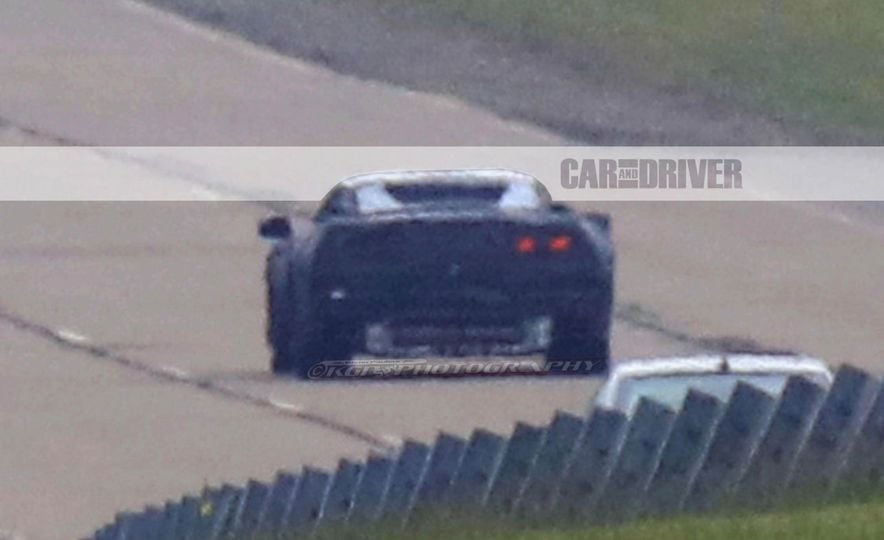
Once the proverbial “cat (was) out of the bag,” the internet lit up with rumors and ramblings about the mid-engine Corvette. In recent automotive history, few topics (at least in the U.S. domestic automotive market) created as much buzz as the would-be “facts” that began emerging about Chevrolet’s soon-to-be mid-engine sports car. While Car and Driver had been the first to break the story, every automobile news publication was now hot on the hunt for pics or videos that would further reveal what GM had up its sleeve.
The world’s next official look at the mid-engine Corvette arrived roughly a year later. Although the initial buzz had died down some after those early photographs appeared, spy-journalists for many of the major automobile magazines continued to scout all of the known Chevrolet testing grounds with the hope of capturing even a single photograph of the evolving mid-engine Corvette.
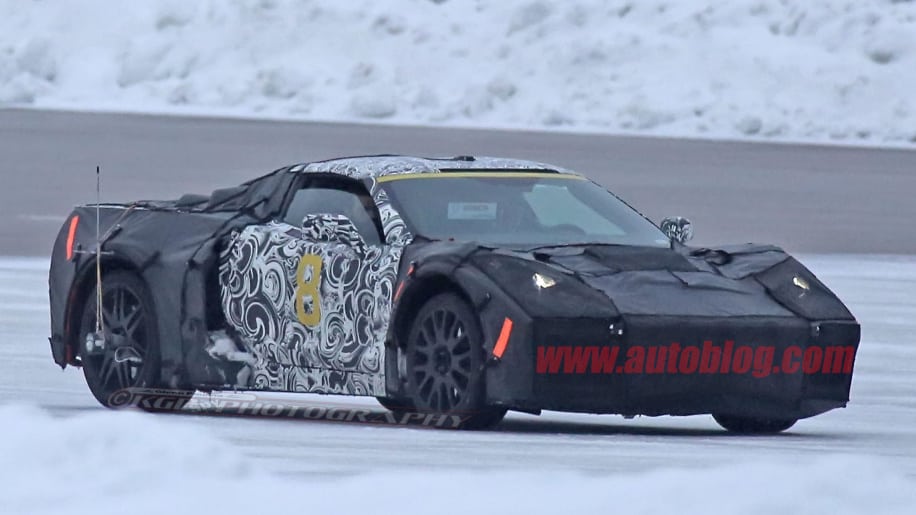
Despite these limitations, the images that were captured clearly depicted a two-door, mid-engine sports car with a profile that, even seen from a distance and under heavy camouflage, was unmistakably a Corvette. This time, along with the publication of the photographs, Car and Driver issued a number of predictions about the car, including; suspected engine platforms, the anticipated release date of the car at the 2018 Detroit Auto Show as a 2019 model and a revised starting price of approximately $80,000, a significant increase over the anticipated $56k price tag that Car and Driver had predicted a year before.
Facts Versus Fictions
After Car and Driver published their latest images of the C8 Corvette, photos and videos began appearing on a regular basis. Every few weeks, another “the best pictures yet” article would surface on the internet. With each new set of photographs, a couple of additional features would be unveiled, giving way to ever increasing speculation surrounding the mid-engine Corvette platform. From mild to wild, the rumors that accompanied the image were almost as sensational as the photographs themselves. Here’s just a small sampling of the many rumors that circulated between late 2016 and early 2018:
-
Using images captured by spy photographers as the basis for their design, a number of renderings of what the mid-engine Corvette “will look like” began surfacing all over the internet. Here is one of the earlier images created by Hagerty. The C8 Zora is likely to be unveiled January 2018 at the North American International Auto Show (NAIAS) in Detroit (didn’t happen…very unfortunately.)
- Production was supposed to begin in time for a fall 2018 release, possibly even earlier (again, didn’t happen.)
- A Cadillac sports car based on the mid-engine Corvette is believed to be under development (although not confirmed at the time of this publication, this idea is not a new concept either (think Cadillac XLR), and it would be cool to see another Cadillac variant of the Corvette.)
- The name “Manta Ray” was trademarked as the performance variant of the C8 and the “E-Ray” for a performance hybrid (reports do indicate that these trademarks were acquired by General Motors, so these are definitely possible.)
- The “Zora” might be offered at a base price as low as $65,000 or as high as $95,000 (seems that base price keeps climbing, doesn’t it?)
- The 2018 mid-engine Corvette will feature a dual-overhead cam configuration. (We can tell you its definitely not going to be a 2018 model, but as for a dual overhead cam engine? Well, please keep reading.)
- It’s going to be a hybrid. (Wait, what???)
CAD Drawings Provide the Biggest Clues Yet
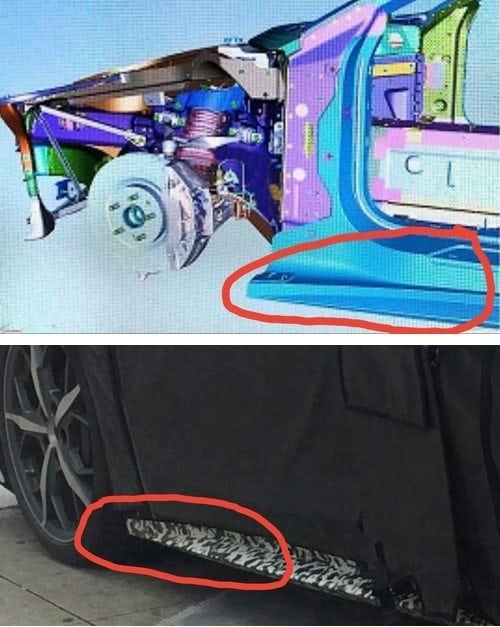
While some speculated that the CAD images were nothing more than a prank by someone trying to be “in the know” about the future mid-engine Corvette, the degree of detail that put into the 3D renderings suggested that the drawings were far too elaborate to be a prank. Another idea that gained greater momentum among both enthusiast and conspiracy theorist alike was that the image “leak” was actually an intentional marketing tactic by General Motors to rouse interest in the mid-engine Corvette.
In either case, the drawings – after being analyzed by a multitude of engineers, Corvette enthusiasts, automotive technicians and countless others the world over – provided the first “real” information about the mid-engine Corvette. While you have to accept that these images are real (and to date, GM has neither claimed nor denied them – in fact, they’ve been surprisingly quiet on the subject), the leap of faith is not that hard to make when you compare some of the elements of the car (as captured in the hundreds of published spy photos) to the CAD-generated renderings.
We’ve decided to accept these images as the “genuine article and, it is from this point forward that we present what (we think) we know about the soon-to-be 2020 Mid-Engine Corvette.
What (We Think) We Know So Far

We’ll start by sharing what was learned from the CAD images that were published in December, 2017. While considerable “factual” information has been published since that time, these drawings provided the first truly compelling information about the car.
Based on what was shown in the entire collection of images (which can be seen in our corresponding article “Mid-Engine Corvette CAD Drawings”), we were able to learn the following:
- The engine appeared to be devoid of any-type of forced induction (which suggests that the engine (at least in the variant of the car rendered) is the same LT1 engine that powers the current C7 Stingray.
- The alternator appears to have been relocated.
- The exhaust manifold is short and compact.
- The front brakes are large and appear to have six-piston fixed calipers.
- The transaxle also appears to be rather large.
- Upper front arms that look similar to those found on the C5/6/7 with trunnions.
- Lower front arms that look similar to those found on the C5/6/7 with camber eccentrics.
- No turbos are shown.
Form Versus Function

While there have not been any additional CAD leaks since December of last year, there have been countless photographs published on the internet. In late 2017/early 2018, Chevrolet apparently decided to throw caution to the wind – at least to the extent that they began driving their mid-engine Corvette on the open road around Detroit (amongst other places). Excited spectators, seeing the car in a wide variety of venues – from parkways and interstates to the drive-thru lane at McDonalds – wasted no time in pulling out their mobile devices and their GoPro cameras to capture some truly stunning images and video of these cars up-close.
Having access to these images, despite Chevrolet’s best effort to continue to camouflage their car, has provided a number of additional insights into the design of the car itself.
First, as with the front-engined Corvettes that preceded it, the mid-engine Corvette is expected to remain an attainable sports car (compared to its costly European counterparts.) While we’ve seen considerable fluctuations in the anticipated asking price of the car between 2014 and now, this much is known. Based almost entirely on spy photographs, it has been identified that the C8 will features a number of carbon-fiber and magnesium components, but at its core the car will feature a spaceframe constructed primarily of aluminum (like the C7 model that came before it.)
With a mid-mounted engine behind the driver’s cockpit, the C8 Corvette will require massive amounts of airflow both over and thru the rear chassis. To compensate for the heat generated during operation, the entire leading plane of the car’s nose will be open to the air and packaged full of heat exchangers. Additionally, the heat in the engine compartment will be extracted through vents below the taillights on the rear fascia.
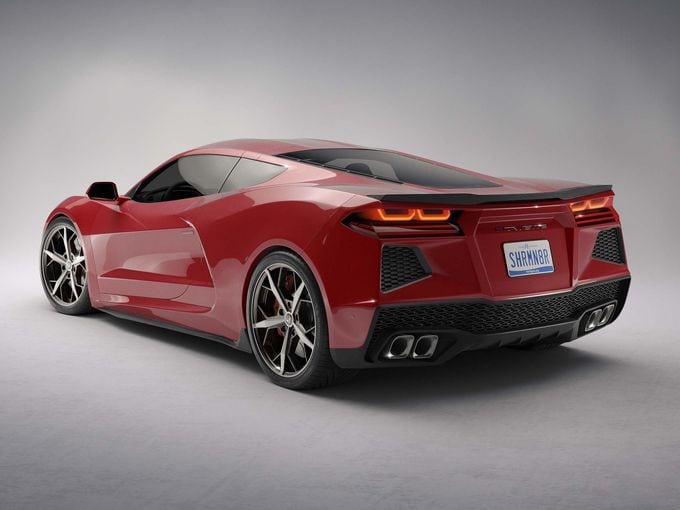
The exhaust system will once more feature a dual-mode system designed to maximize airflow and create the traditional Corvette exhaust note during various driving conditions. While earlier iterations of the Corvette (from the 1997 C5 thru the current C7 models (including all its variants)) featured center-mounted exhaust tips, the C8 Corvette’s exhaust tips (in pairs of two) were re-positioned behind the rear wheels near the outer corners of the rear fascia.
While it will utilize some technologies developed by the Corvette Racing program and from various iterations of the current production model, the mid-engine Corvette will also introduce new technologies that have yet to be seen on any Corvette that came before it.
The rear of the mid-engine C8 will feature a conventional power-operated spoiler. This spoiler – unlike the fixed wing found on the 2019 ZR1 – is believed to adapt and modify airflow over the car based on driving conditions and will maximize the car’s downforce during hard acceleration, sharp cornering and a number of other competition level driving conditions.
In the front of the car, Chevrolet will feature a new front-axle-lift system that is designed to raise the car up when approaching high curbs or speed bumps. More than that, however, it is believed that this same axle system will enable changes to the car’s angle of attack, shifting the “aero center of pressure” fore and aft, depending on the vehicle’s speed. Better still, the mid-engine Corvette will feature coil springs in place of the traditional transverse composite leaf springs that have been utilized on the Corvette almost as long as the Corvette has been in existence.
Engines and the Transaxle
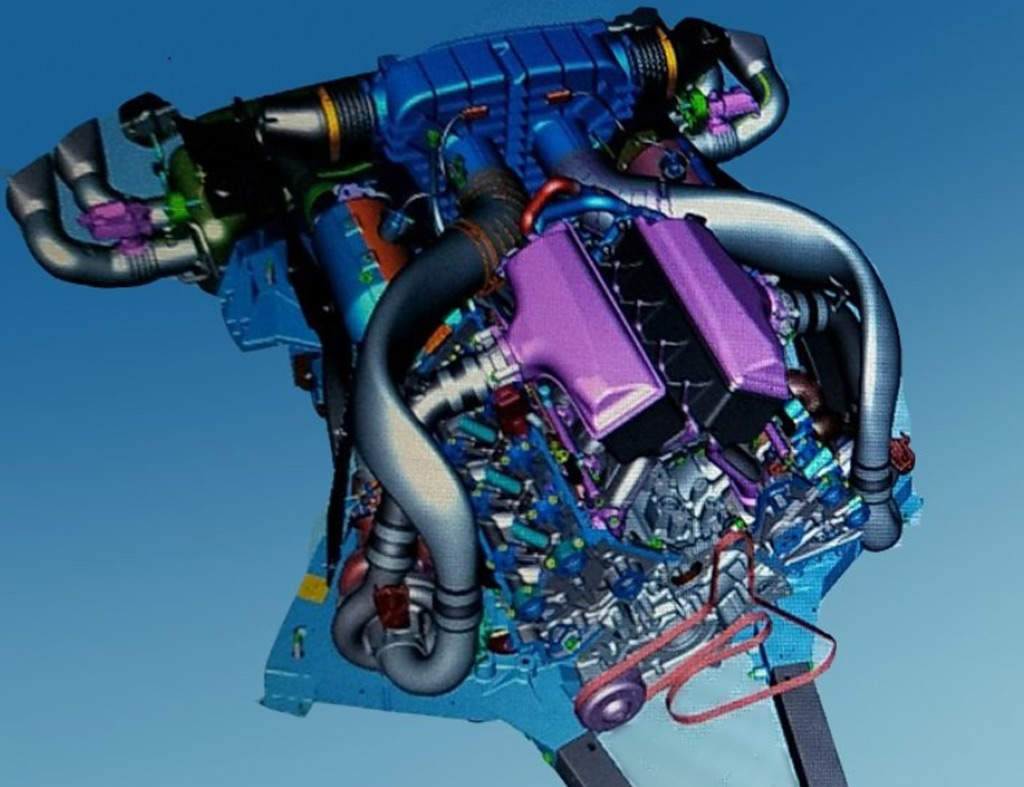
One of the biggest areas of speculation is what Chevrolet plans to use to power the new mid-engine Corvette?
In an article published by Car and Driver Magazine in May, 2018, it was revealed that the new 2020 mid-engine Corvette will feature an updated version of the pushrod LT1 engine. This is the same engine that currently powers the C7 Corvette Stingray. However, as modified for use in the new C8 Corvette, it is believed that the new LT1 engine will produce about 500 horsepower. It is also believed that this modified LT1 engine will be but the first of several new engines introduced with the new mid-engine Corvette platform.
The first engine to eventually follow the LT1 will be a naturally aspirated 5.5-liter DOHC V-8 with a flat-plane crankshaft. This second engine is expected to be capable of producing a maximum engine speed of 9,000 rpm, though this engine’s speed will be limited by 4-500 rpms to prevent damage to the car’s transaxle. The output of the 5.5-liter is expected to be 600 horsepower.
The second engine is actually a supercharged variant of the 5.5-liter V-8 listed above. Chevrolet plans to install two turbochargers and two big air-to-water intercoolers to the engine, bolstering the 5.5 liter engine to a staggering 800 horsepower!
With regards to the transaxle, Chevrolet only plans to offer a single gearbox, and it will be an automatic. Yes, you read that right – the new Corvette will NOT feature a manual transmission! Instead, Chevrolet has been working with Tremec to develop a new, eight-speed, dual-clutch automatic transaxle. For anyone interested in shifting gears, the car will feature steering-wheel-adjacent shifter paddles, much like those found on current (or even previous) generation Corvettes. The driver will have the ability to place the car’s transmission in a “manual mode” and control the car’s shifting during vehicle operation.
But Wait, There’s More
While the above engine program sounds reminiscent to the current engine programs offered by Chevrolet with the C7 Corvette, the mid-engine C8 will also catapult the Corvette program into the 21st century with the introduction of a 200 horsepower electric motor. While its true that the introduction of this motor is still a couple years down the road, the intent is to add this electric motor to the twin-turbo 5.5-liter V-8 engine platform. While the mid-mounted V-8 will power the rear wheels, the electric motor, which will be housed in the car’s front trunk, will energize the front wheels. When so combined, this mid-engine/front-motor Corvette will have a horsepower rating approaching 1,000 horsepower!
The C8.R Corvette Race Car
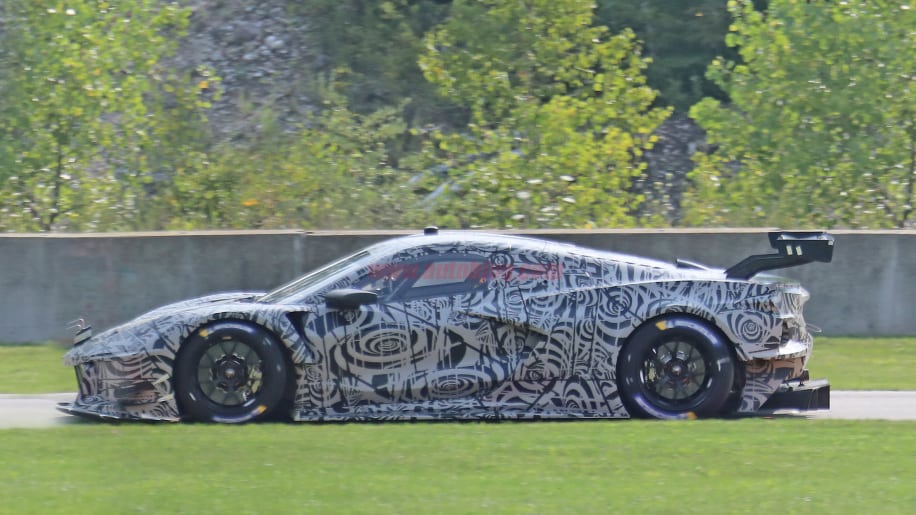
On August 10, 2018, photographs revealing the new C8.R Corvette race car were published on the internet. Unlike the countless images of the (at least partially) masked sports car, these images showcased the car without any of the heavy coverings concealing its more elusive features. Yes, the car was wrapped in a black-and-white camouflage, but for the first time ever, spectators got a full-on look at the profile of the new Corvette. While the race car may not be identical to the production vehicle in all respects, see it is the most compelling evidence yet that the car’s production counterpart is almost here.
Based mostly on an audio recording of the car’s exhaust note that was captured when the car was driven (and summarily photographed) at Road America, there are some who are speculating whether or not the mid-engine Corvette will utilize a six-cylinder engine. If it does, racing rules dictate that the car must be homologated to compete in class by being a faithful representation of the production car model, suggesting that at least one variant of the mid-engine Corvette could feature a six-cylinder engine as well. This would be the first time since the 1955 model that the Corvette would be offered with a six cylinder engine. However, with cars like the new Ford GT and the Porsche 911 dominating the field on raceday, it seems plausible that GM might consider packing a six-cylinder powerplant into their Corvette race car.
To read our complete article about the C8.R, please click here.
What Will We Know Tomorrow?
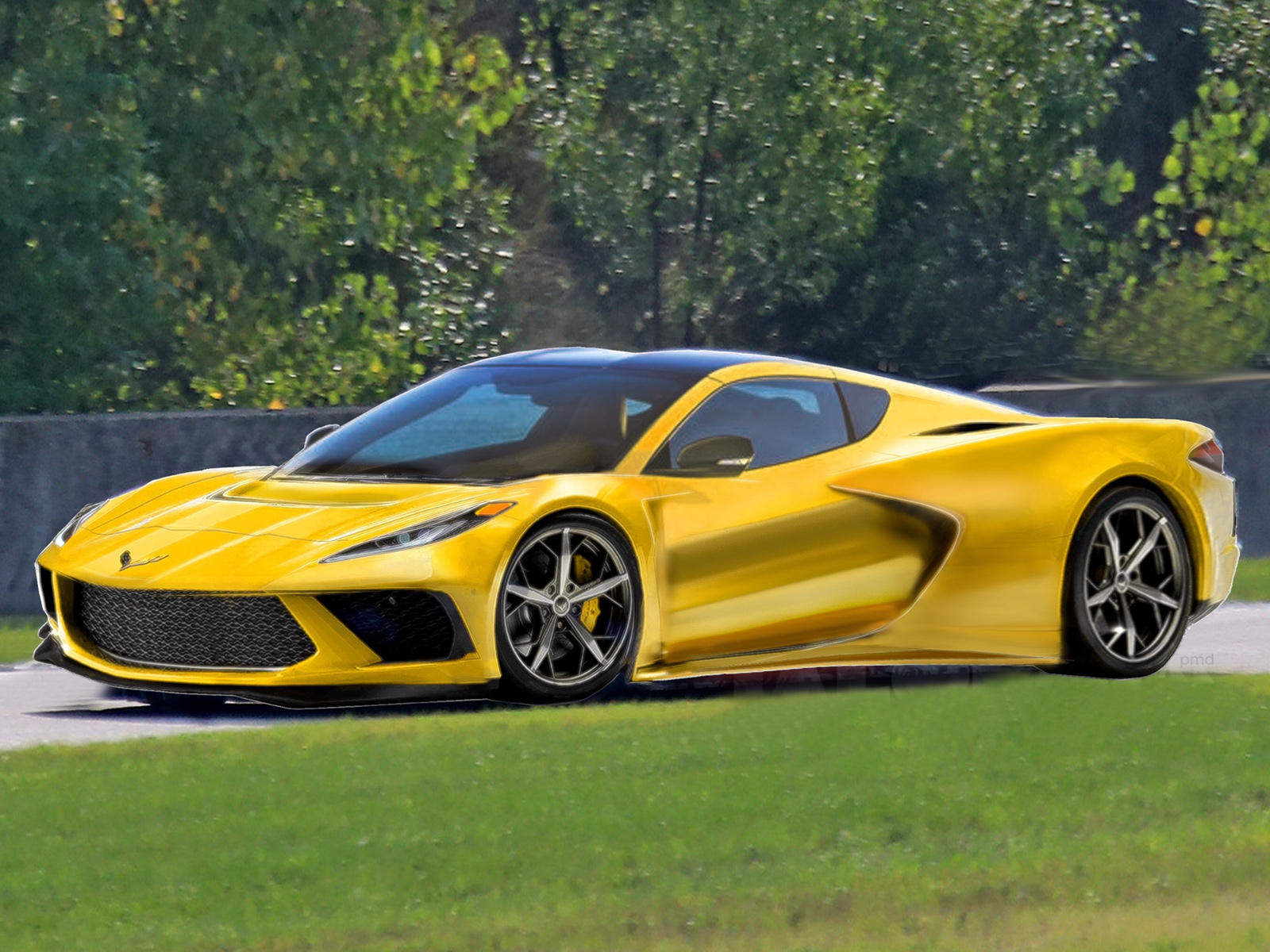
It’s hard to say when GM will formally unveil their car, but rumors now suggest that the car will be unveiled in February 2019 at the Detroit NAIAS Auto Show. This seem plausible, though GM has been known to take a less conventional approach to introducing its cars to the world (the 2019 ZR1 was first unveiled in Saudi Arabia for example.) Still, with the C8.R making an appearance in public, with the ever-increasing sightings of the mid-engine test mules taking place on an (almost) daily basis, and with the new, 2020 automotive season almost upon us, it feels like there’s never been a more perfect time for GM to pull out the stops and unveil their mid-engine sports car.
But what about the sticker price for a mid-engine Corvette you ask, again?
The latest answer to this one is that the new C8 Corvette will cost roughly $150,000, which is nearly double the cost of a new Z06. This number seems to be the most popular – and the one the largest majority of would-be owners speculate about. Don Sherman, with Hagerty, claimed that the mid-engine Corvette would be about half that, or $70k, which puts the car in-line with several of its mid-engine competitors, including the Porsche 718 Cayman S.
While Chevrolet continues to remain tight-lipped about anything related to the mid-engine Corvette, the evidence supporting its existence is irrefutable. Naturally, we’ll continue to provide updates as new information becomes available. In the interim, we, like thousands of others, will continue to scour the internet hoping to glean a little more information about the elusive next-generation, mid-engine Corvette.


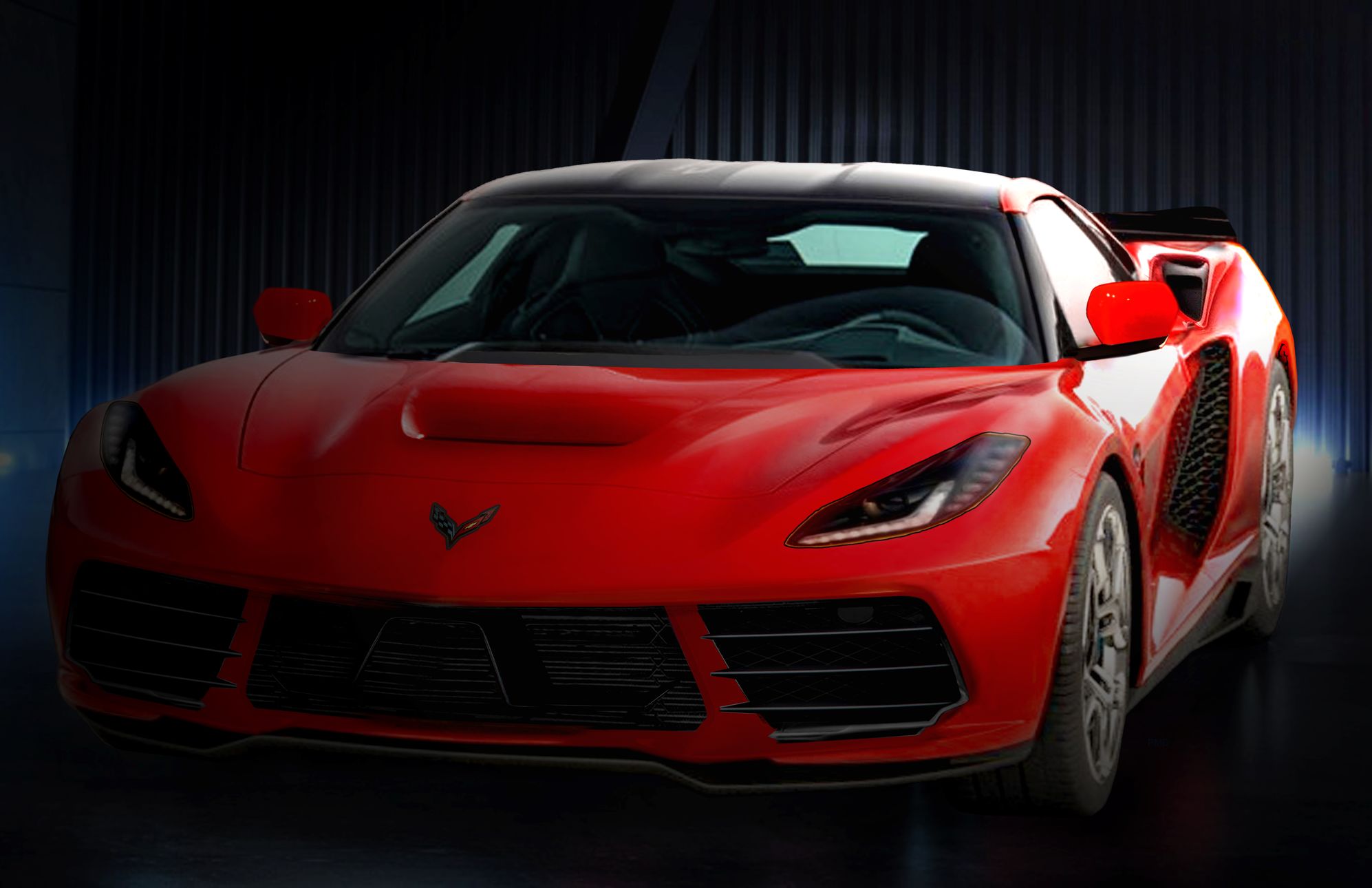
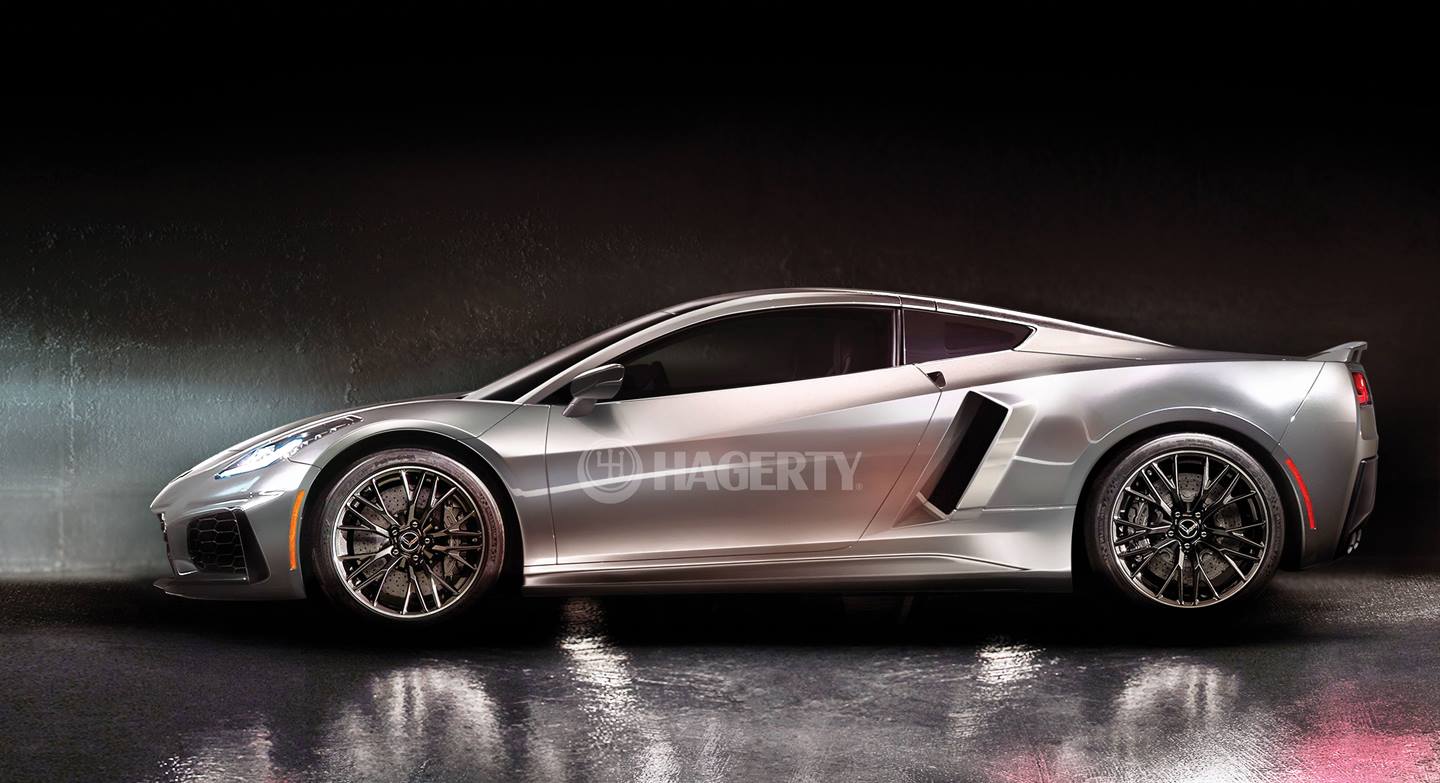



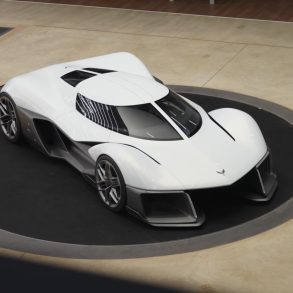
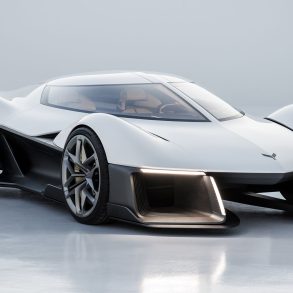
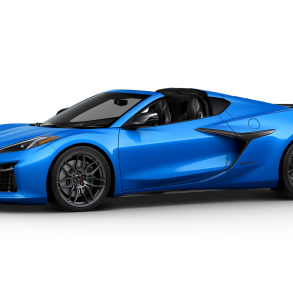
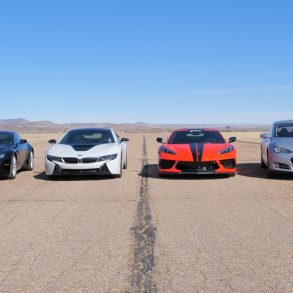
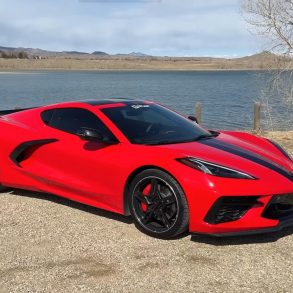

HOPE to live long enough to own a C-8. I think it would be my 13th vette, but my memory may have lost a few along the way.
Roger, thanks for reaching out and for posting a comment! Hopefully you are in good health and will be able to purchase a C8 Corvette within the next year or two! What’s more, we’d love to come interview you/photograph your car if you do!
So you’ve owned (at least) 13 Corvettes? That’s VERY impressive. What are some of your favorites? For my own part, I am still driving my first Corvette, though I hope to own others in time.